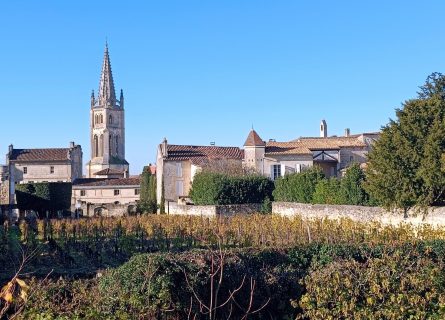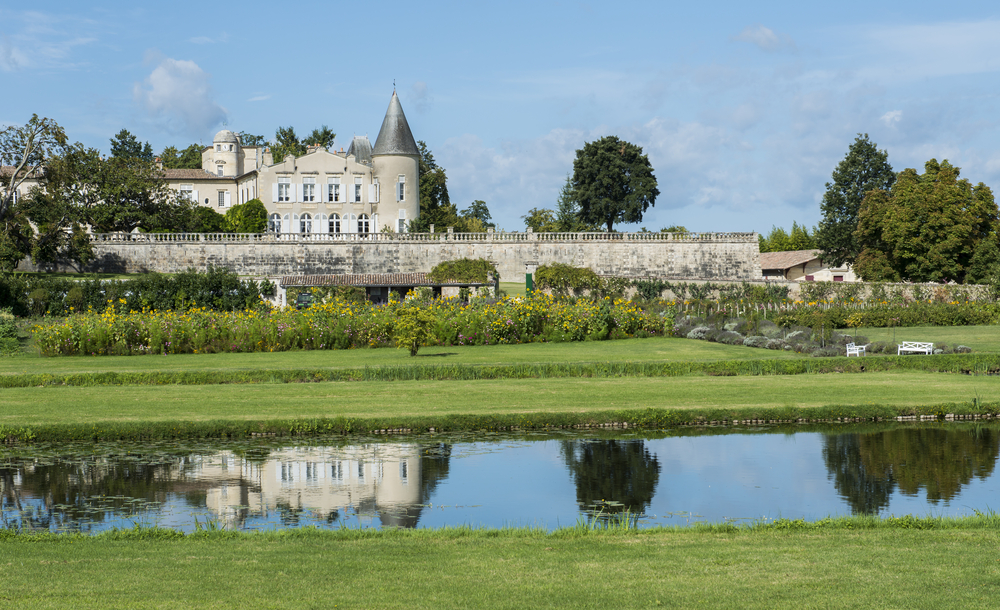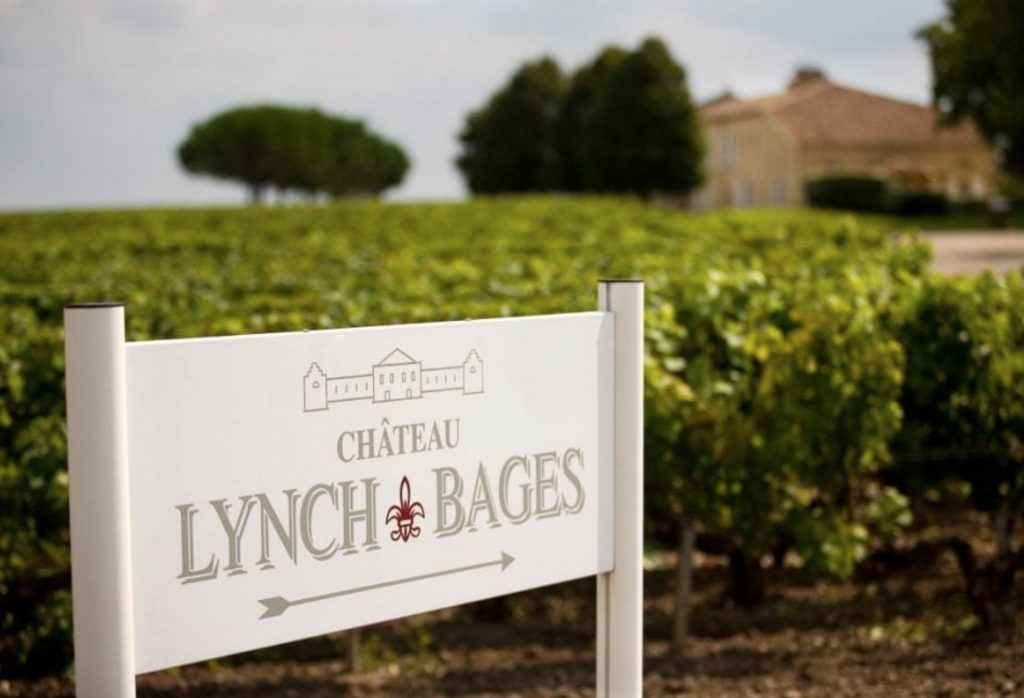
Saint-Émilion Classification
September 2, 2024
Explore the 1955 St Emilion Classification, a distinct system emphasizing detailed terroir analysis and rigorous wine tasting.
By: James lawrence / Last updated: August 13, 2024
Estimated reading time: 5 minutes
In 1855, the Bordeaux Chamber of Commerce took an unprecedented step that would transform the Medoc region’s fortunes. After much debate and disagreement, it was decided that the area would benefit from a formalized classification. The impetus was the upcoming Paris Exhibition – the Bordeaux establishment wanted to fly the flag and promote the region’s best wines to the Parisian elite. The brokers of Bordeaux – professionals who acted as advisers and intermediaries between properties and merchants – were duly summoned and told to devise a formal hierarchy. Their endeavors produced the now legendary 1855 framework, which classified certain properties as First, Second, Third, Fourth, and Fifth Growths.

In all, 61 Bordeaux chateaux were included in the 1855 Bordeaux classification, which has remained (almost) unchallenged. The brokers’ criteria were simplicity itself – a chateau’s place in the hierarchy was totally dependent upon the prices obtained for its wine. An objective assessment of wine quality hardly came into play; if your vintages could sell for a high price, you would be assured a lofty position in the world’s most famous wine ranking.
Discover more about the Bordeaux 1855 Classification
In 1855, just four properties were classified as Premier Cru –
The last estate was an anomaly; Haut-Brion is located south of Bordeaux in the Graves region and, therefore, was technically outside the classification’s remit. However, the brokers argued that no respectable hierarchy could omit this iconic winery, which had already cemented a formidable reputation across Europe and was fetching impressive prices for its wines. So Haut-Brion was included and, to this day, remains the only 1855 classification chateau situated outside of the Medoc.
But even after more than 160 years, the 1855 Bordeaux classification is utterly intransigent and impervious to calls for change, amendments, and promotions/demotions. One notable exception has been the promotion of Chateau Mouton-Rothschild from Second Growth to Premier Cru. The effort required to achieve this change was monumental; the late owner, Baron Philippe de Rothschild, spent an inordinate amount of time and money convincing the authorities that Mouton was making Premier Cru-grade wine. The baron achieved what no other estate had managed in 1973 when the minister of agriculture, Jacques Chirac, finally agreed to elevate Mouton to the ranks of First Growth. Every Bordeaux aficionado can quote the baron’s triumphant response: “Premier je suis—second, je fus. Mouton ne change.”

If you would like us to customize an exclusive luxury tour, contact us and let us know your travel plans. We offer luxury food and wine tours for private groups of a minimum two guests. In addition, all of our private, chauffeured tours are available year-round upon request.

